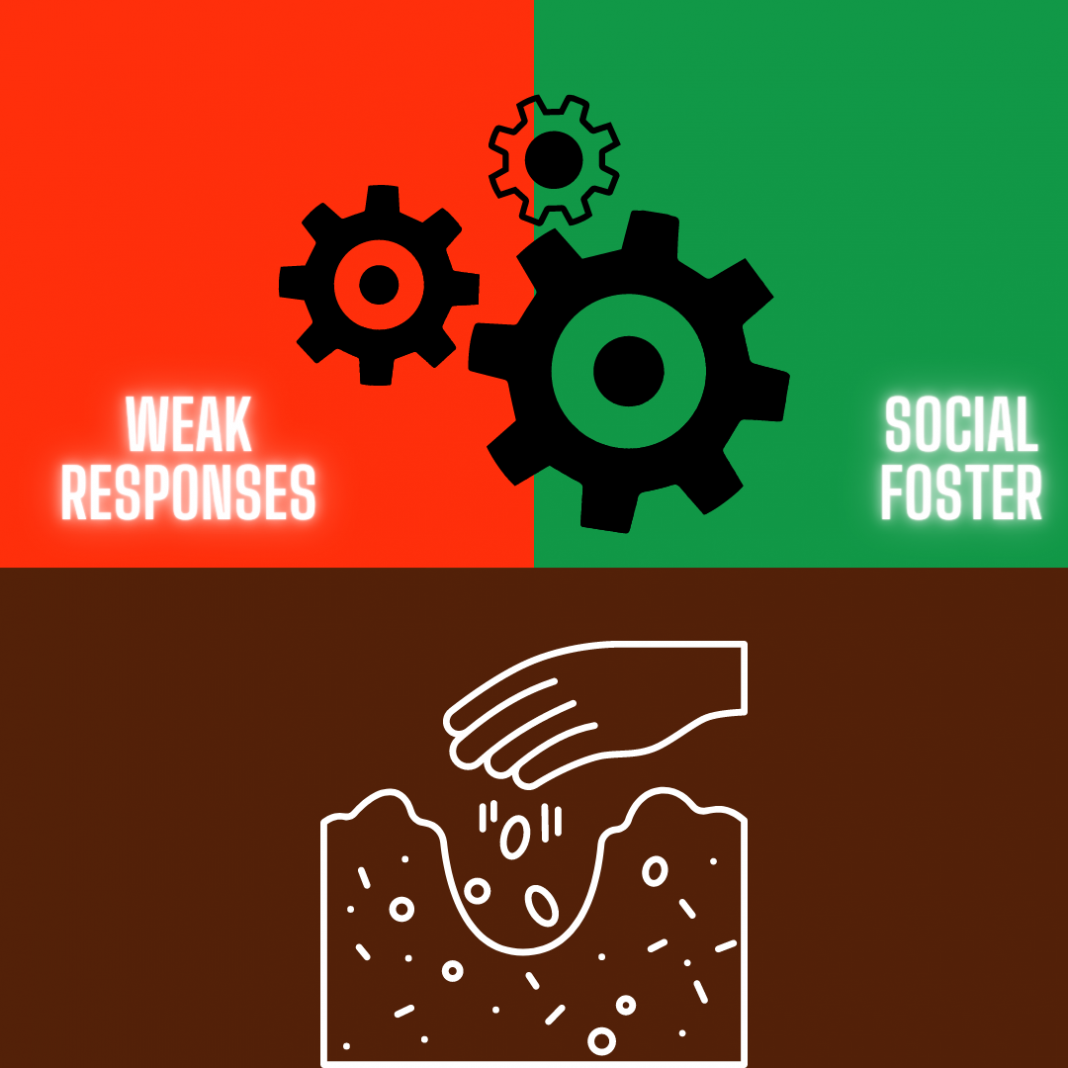We went through a shocking phase to read such headline capitalizing the earth will no longer habitable in 2100. Public thus questions our ability to achieve the Paris Agreement’s goal, an international treaty on climate change in 2015 with major focus on climate change mitigation, adaptation, and finance. Supporting this, the narrative of Planet B goes all over the places. On 29 December 2022, NASA published
a YouTube video discussing the proposed questions given to the NASA Experts. People start to wonder what can be the Planet B. It then narrowly links to Mars since it is found to be warmer in the past and is currently having stable liquid surface water. Mars as the Planet B holds such potential to be liveable in hundreds of thousands of years. In brief, these endless list of worries are the proof that human concern towards the climate change is not a toothless tiger. However, this article is not going to be a ‘blame game’. Instead, it calls upon communal reflection towards what we can do. It is in favor to the educational perspective.
Contextually speaking, the momentum of G20 recently held in Indonesia happens to be a never-ending reminder towards what was encountered by Kate Raworth (2017) in relation to the G20’s pledge. For decades, a conversation towards environmental issue remains viable. To reflect, raising concern upon environmental awareness in school is pivotal.
Our generation needs to have such sense in relation to the bitter truth of how the world faces such ‘severe, pervasive and irreversible’ damage from the rise of greenhouse gas emissions. UNESCO (2021) calls upon this matter through the International Commission on the Futures of Education’s report titled “Reimagining Our Future Together: A New Social Contract for Education”. It is emphasized that school or classroom in particular is the home of ‘possibilities’.
Students are prepared to revisit, to recognize, and to reinvent themselves. It surely becomes a great momentum to critically take a leap towards it. Social fosters in school happen to prepare such agenda of ‘safeguarding and transforming school’. Classroom or education in general cultivates a prospective hope of seeing another ‘Thunberg’ in every generation. It grants the earth an access of no longer seeing youths’ conversation on emissions, wildlife annihilation, climate change, and worsening pollution as such utopia. In brief, such hopes resemble green; the color of renewal.
To practically implement, the provision of school as the social foster happens to prepare what was spotted by Pope Francis in Encyclical Letter of LAUDATO SI’. Frankly speaking, the world is still too fragile from the ignorant. We have witnessed some ‘weak responses’ in bringing such a conversation of climate change to the table. Lip services remain prevalent among people with power. Even ourselves, we tend to have lack of awareness that we mistreat our home.
The bar of setting such ecosystem protection, international political responses, and even the culture of taking care of our own earth remains nowhere to be efficient as those ecological concerns have to give way to the short-term perspectives of economic growth. Food and Agriculture Organization of the United Nations unveil that the world’s areas currently become the home to 55% of the world’s population. It thus maps out a figure that is forecast to rise to 68% by 2050. Articulating this fact, the impact of such ‘weak responses’ can be self-destructive to this coming of age generation. Thus, such a condition resembles red; the color of danger-relevant matter.
A question is thus arrived. What is the color produced from mixing up the red and the green? Brown; the color of the earth. Our direction for counterbalancing the weak responses (re: red) with social fosters (re: green) will result in a significant mechanism. Combining these two forces under the concept of mutualism will result in a better provision of the humankind. It is thus in educators’ favor to transcend such a worldview to the classroom. Contextually speaking, exposing them to the education of sustainability or environmental education breathes a fresh air of envisioning them to be ‘stewards of the earth’. Weak responses with particular direction of being lacked in environmental awareness can be cornered with an attempt of explicitly incorporating such educational programs for these learners. It is done in an aim of equipping them understandings, values, and even later actions in taking care the mother earth.
References
Letter, E. (2015). Laudato Si’. of the Holy Father Francis on care for our common home, 24.
Raworth, K. (2017). Doughnut economics: seven ways to think like a 21st-century economist. Chelsea Green Publishing.
UNESCO. (2022). Reimagining our futures together: a new social contract for education. UN.

